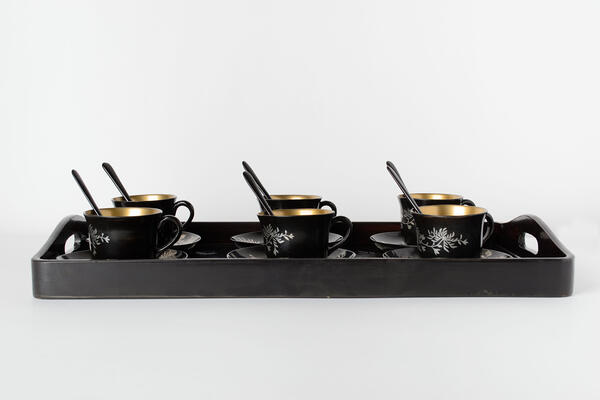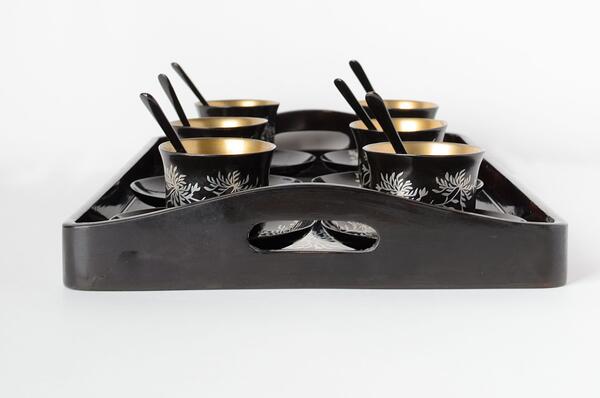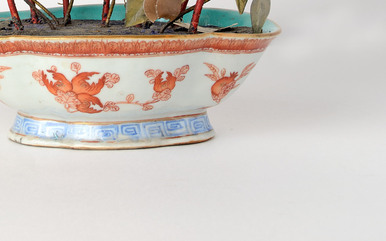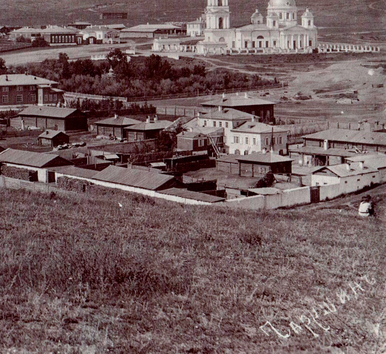Southeast Asia, including China, Japan, and Korea, is considered home of lacquerware. For example, in China, the sap tapped from the lacquer tree (a special type of maple) was used to decorate cups, small boxes, and vases as early as the second millennium BC.
It was then that the art of lacquerware emerged which was honed to perfection in Asia. Objects were covered with 20 to 60 layers of lacquer, and only after that were the pictures painted. Lacquerware had to undergo extensive processing.
Lacquered wares were produced in humid rooms so that the coating would dry slowly. Sometimes it took many months and even years for Chinese craftsmen to produce a single product.
The Chinese used lacquer to decorate various everyday utensils, tableware, ceremonial vessels, horse harness, bows and arrows, as well as carriages. Sometimes lacquer was used for writing similar to ink. It was used both to protect the surface of products and to decorate them.
The lacquer itself was considered a rather inexpensive material. It was hygienic, could be painted over, molded, sculpted, and cut. Lacquer was applied to a wide variety of surfaces, including flat and relief surfaces, wood, paper, fabric, leather, metal, and even stone. From China, the tradition of using lacquer spread to other countries of the region.
The Kyakhta Museum houses a light and elegant Japanese coffee set for six. This set includes a tray, six saucers, six cups, and six spoons. The tray is rectangular and has two handles attached to the sides.
The colorful image stands out against the black background. It features butterflies and branches with chrysanthemum flowers. The picture is painted in silver color, while the cups are coated with black lacquer on the outside and golden paint on the inside. Moreover, curved handles were attached to the cups.
The saucers are also
covered with black lacquer. All the items, except for spoons, are painted using
the same pattern with branches, flowers, and butterflies. The artist covered
the outside of the spoon with the same black lacquer while the bottom is
golden.




